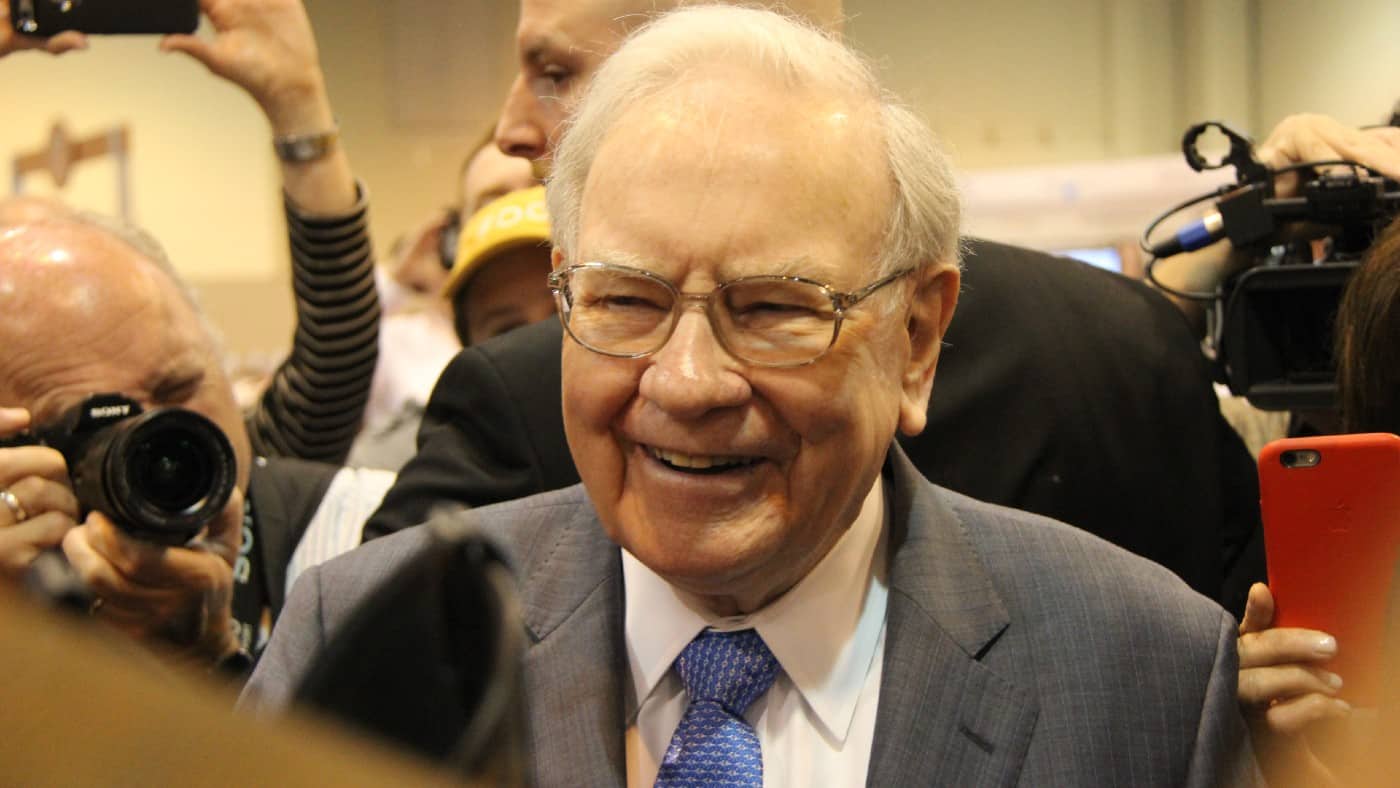Warren Buffett is among the most successful investors of his generation. He’s amassed a net worth in excess of $100bn as of November 2022, making him the world’s sixth-richest individual.
So, what can I learn from the so-called Oracle of Omaha?
Invest in quality
Buffett is the CEO and Chairman of Berkshire Hathaway. And by looking through his portfolio, you can see that he likes to invest in top-quality companies, notably those with strong business models and often high levels of brand awareness.
That’s because Buffett often says he’d rather pay a fair price for a great company than a great price for a fair company. As such, some of the investor’s favourite stocks are Coca-Cola and Apple. These are household names.
As such, I should focus my search on blue-chip companies with strong business models and stickability. However, Coca-Cola isn’t for me. I don’t tend to invest in things I wouldn’t ingest myself — as I’ve recently launched by own sumac-based soft drink, I might have a little bias.
Value investing
The so-called Oracle of Omaha uses a value investing strategy, and this approach has consistently outperformed major indexes over the last century.
Buffett says “A simple rule dictates my buying: be fearful when others are greedy, and be greedy when others are fearful”. In other words, the billionaire investor doesn’t buy stocks on a bull run, he buys stocks when they’re at the right price for him — this could be during a bear market.
Value investing isn’t the same as buying companies that look cheap because they’re less expensive than they were a year ago. It’s about finding undervalued stocks, and this requires research.
Metrics can help me here. I’ve got near-term metrics like the EV-to-EBITDA ratio and more complex calculations such as the discounted cash flow model.
Using the value investing strategy I can hope to rival Buffett’s returns. Over the past 10 years, Berkshire Hathaway has achieved an average annual return of 12.2%.
Investing for the long run
Buffett takes long positions. But his success is also based on keeping his money invested over a long period of time, reinvesting and growing the size of his fund.
How can I do that? Well, I can apply a compound returns strategy. This is essentially the process of reinvesting and earning interest on my dividends.
If I were to contribute just £300 every month, reinvesting my dividends while averaging annual returns of 12.2%, after 35 years, I’d have £1.05m. That’s a huge return for just £300 a month. I could also make that final figure much larger by increasing my contributions in line with inflation.
Of course, no investment strategy is foolproof, and I’ve got to remain wise. Dividends are by no means guaranteed and even big companies can go bust.








